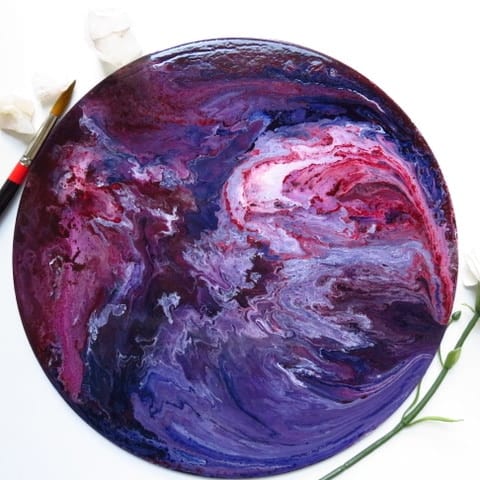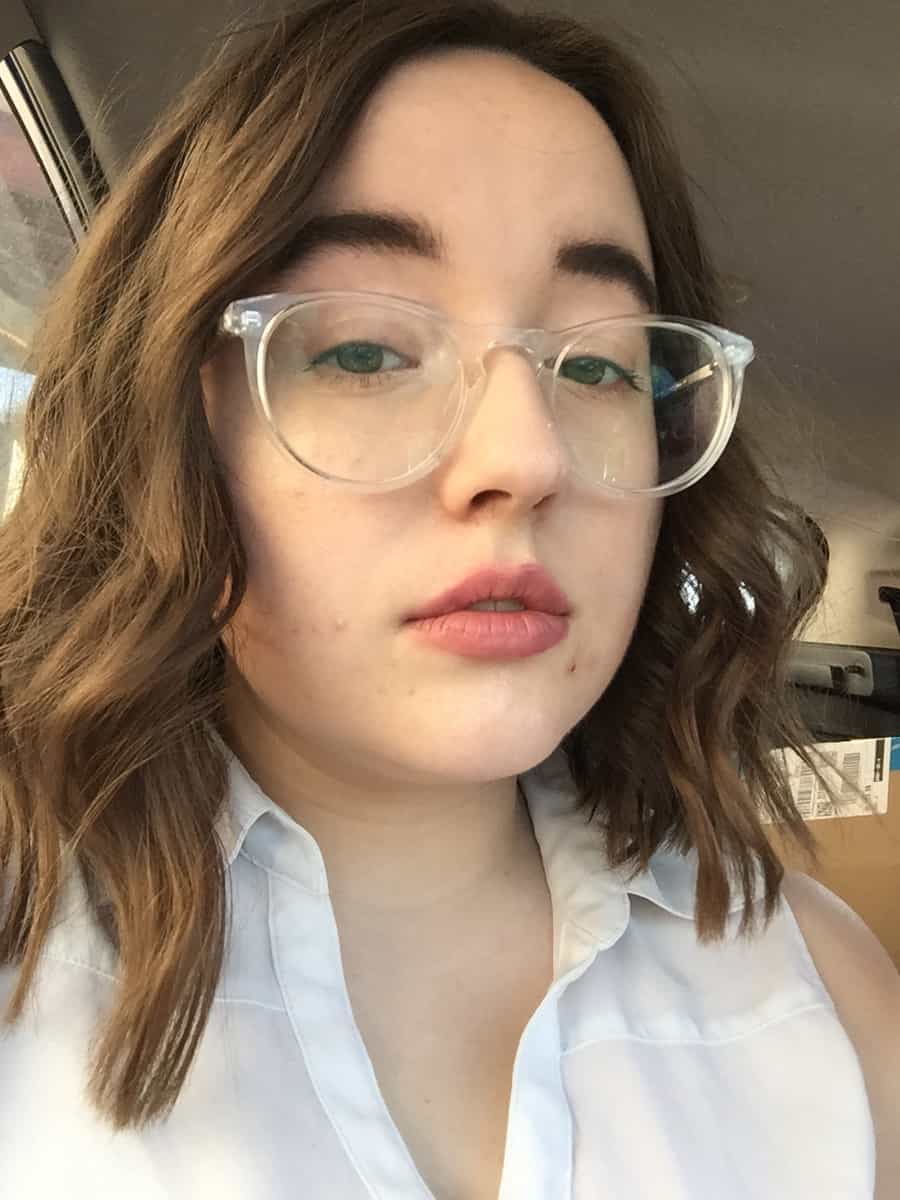In my last article I discussed why you should be looking into having an art consulting agency representing you and your acrylic pour artwork. I briefly talked about writing an email pitch to that agency, and today I’ll be going more in-depth about writing an email pitch, specifically talking about directing them towards art galleries.
Art gallery representation seems to be some sort of signal to the rest of the art world that you are a “serious” or “professional artist.” Having gallery representation is an important thing to add to your resume if you’re looking at pursuing your art as a full-time profession.
Gallery representation can be a great way to earn income because it’s the gallery that sells your art to the clients, not just you. For artists that want to spend more time in the studio and less time trying to market their art online, a difficult task, gallery representation can be a life saver.
There are several different types of art galleries, and before I get into how to write an email pitch applying for representation by the gallery, I want you to know exactly what types of galleries you should look for, and which you should stay away from.
Commercial Galleries
Commercial galleries are businesses which gain profit from the exhibition and sale of artwork. These businesses can be geared to a range of artists, from emerging to late-career.
These galleries can be picky about the artists they choose, and will typically have a certain “style” that they go for. For our purposes, you’re going to want to look for galleries that show abstract or contemporary artwork. In my experience, these will be the most receptive to fluid acrylic work.
The best part about commercial galleries is that because they are a business that earns their profit through the sale of artwork, they’ll be incredibly motivated to sell your work. Keep in mind, however, that it’s not uncommon for a reputable gallery to have a commission rate of around 50%.
Consignment and Co-op Galleries
These types of galleries are a little less “choosy” about the kind of work they represent, but are usually a bit less high-end or professional. Consignment galleries will carry a large variety of work.
Co-op galleries, on the other hand, are run by a group of artists. A condition of representation with these galleries can be that you contribute part of the costs of running the galleries, or part of your time can be spent working for the gallery itself.
Vanity Galleries
This is the kind of gallery you should stay away from. They charge artists fees to exhibit in their space, and will not be invested in selling your work, because they’ve already made money from you. The nature of these businesses is inherently exploitative, and I highly encourage you to stay away from them!
So, now you know a little bit about the different types of galleries. So, how do you write an email pitch and apply for representation?
Step One:
Find the gallery that fits your work the best. If you’re just starting out, you’re going to want to apply to every gallery that could conceivably like your work. Focus your attention on galleries that represent emerging artists (that’s you!) and also has work that’s similar to fluid acrylic artwork.
Step Two:
Personally address your email to the gallery and/or gallery curator. Then quickly explain who you are, the kind of artwork you make, and what you want from them. Include some eye-catching detail or interesting theme of your work, if applicable. Here’s an example from a successful email pitch I used:
My name is Kelsey Rodriguez and I’m a young, emerging abstract artist in Minnesota. My work is inspired by the brilliant colors and motions of the universe and the ongoing discoveries of extrasolar planets. I typically work in fluid acrylics on round wood panels of various sizes.
Step Three:
Say that you’re looking for gallery representation if you haven’t done so already, then give a brief line about the retail price of your work. Here’s the next paragraph of that same email:
I would love the opportunity to be represented by your gallery. My work typically retails for around $100-$600 depending on size.
Step Four:
Give any relevant exhibition history or sales information if applicable. If not, just leave that information out. Also talk about where they can find more of your work, such as social media links or your artist website. Here’s the next paragraph of that same email:
My work is currently on display at a local cafe in Minneapolis as well as Austin Area Arts Center, a juried sales gallery. I also have a consignment arrangement with Hennes Art, an art consulting agency. You can also find my art on instagram @pouredplanets or on my recently launched website pouredplanets.com
Step Five:
End your email and include some photos of your absolute best work! The thing about writing email pitches to art galleries is that art is all about visuals. Many opportunities I’ve received is because I included photos of my work. This is the last, but perhaps the most important, step to writing an email pitch.

So get out there and write some emails!

Kelsey Rodriguez is an emerging artist and Political Science undergraduate student in Saint Paul, Minnesota. She just recently opened her small business selling her original artwork, Poured Planets, in the spring of 2018. She has exhibited at several cafes around the Twin Cities and has ongoing consignment relationships with galleries and art consulting agencies around Minnesota.
To see more of her artwork, follow her on Instagram check out her website or shop originals and prints on her Etsy.

Thank you much very informative and to the point. Many cobwebs removed
Kelsey,
I’m struck by the generous spirit that would take the time to give other emerging artists help and support toward getting their work out in the world.
Thank you for sharing your work and yourself.
Barbara
There are many kinds of art galleries that an emerging artist can look into when they want to exhibit their artworks in order to be able to gain a following. When it comes to looking for a gallery that would host one’s works, they should be willing to accept whatever artwork you would be handing in for their consideration–especially when it comes to searching for co-op galleries hosted by fellow artists. If I had the chance to look for a gallery in order to host the artwork that I would be making then I would want to reach a wider audience.
Thank you so much, this is super helpful!